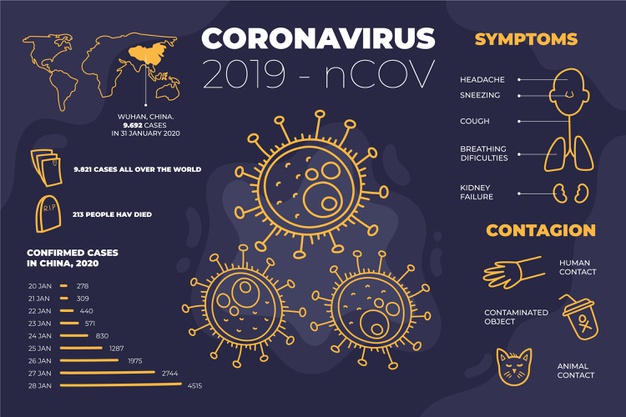What is Coronavirus

CORONAVIRUS The 2019 novel coronavirus is a global health emergency. Since they began using the designation in 2005, the World Health Organization has declared global health emergencies only 5 times before. The first case was reported in the Chinese city of Wuhan on New Year's Eve. Now over 30,000 people in at least 26 countries have contracted the coronavirus. The vast majority of confirmed cases are in mainland China where the numbers continued to skyrocket and were more than 600 people have died as a result. Border closings, suspended flights, a citywide evacuation, and quarantine. So what is it we're really talking about when we talk about the coronavirus and what can we do to protect ourselves. C ommon signs of a Coronavirus infection include fever, cough, and difficulty breathing; in more severe cases, it can lead to pneumonia, kidney failure, and even death. Corona viruses are a family of virus that cause the common cold and are named for the spike proteins